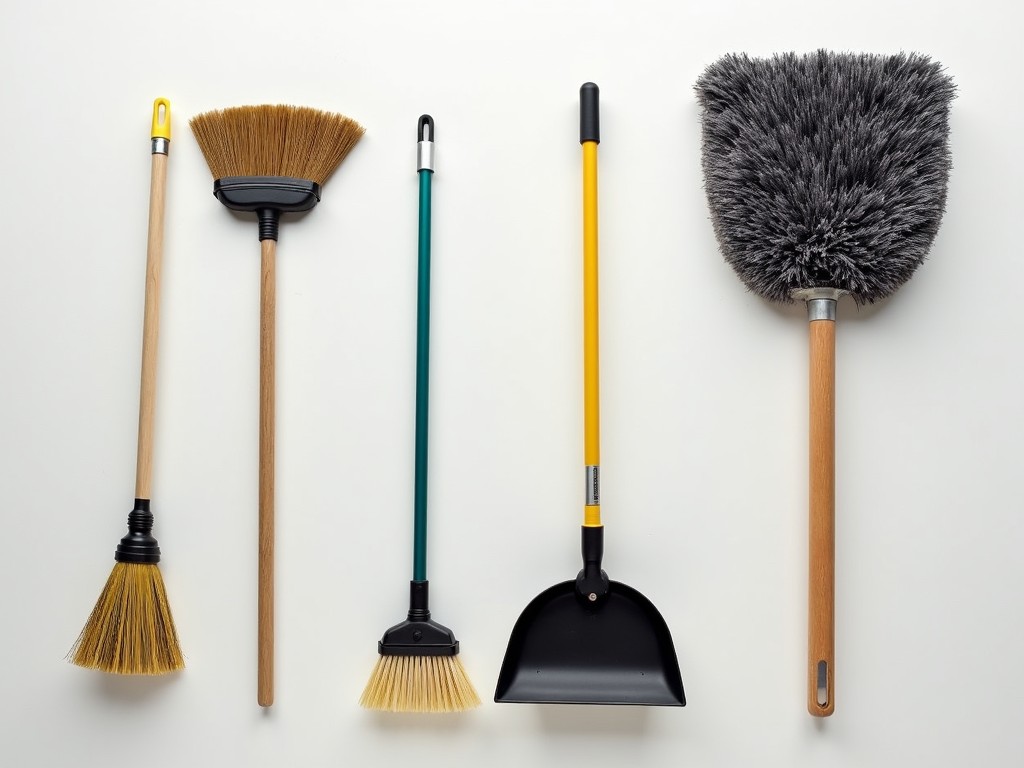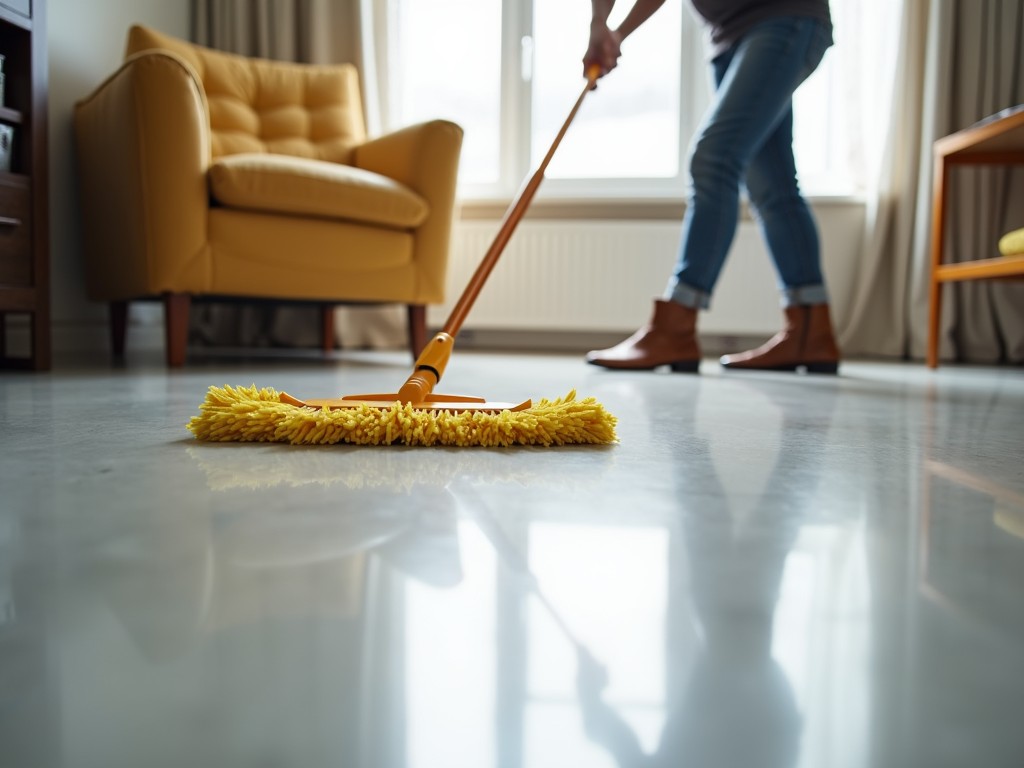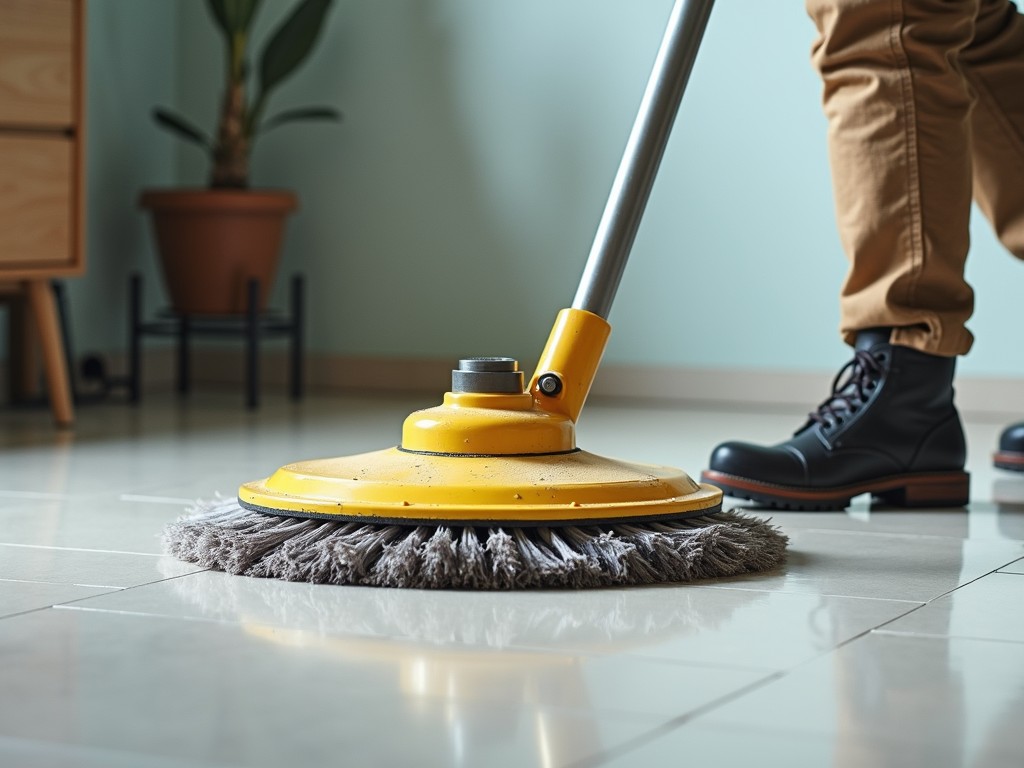Sweeping the floor is one of those daily chores that we often take for granted. Yet, when done correctly, it can make a significant difference in the cleanliness and appearance of your home or workspace. Whether you’re tidying up after a meal, preparing your home for guests, or maintaining a clean environment at work, mastering the art of floor sweeping is essential. It’s more than just moving dirt from one spot to another; it’s about creating a cleaner, healthier space for yourself and others.
In this comprehensive guide, we’ll explore everything you need to know about floor sweeping. From selecting the right tools to understanding the best techniques for different floor types, this guide will equip you with all the knowledge and tips needed to sweep your floors effectively. By the end of this guide, you’ll not only have the skills to sweep like a pro, but you’ll also appreciate the subtle art of maintaining clean floors.
So, let’s dive in and discover how mastering floor sweeping can positively impact your daily life.
Why Sweeping Matters
- Health Benefits: Regular sweeping reduces dust, allergens, and bacteria that accumulate on floors, contributing to a healthier indoor environment.
- Aesthetic Appeal: A clean floor enhances the appearance of your space, making it more inviting and comfortable.
- Floor Longevity: Properly maintained floors last longer, preserving their appearance and structural integrity.
In this comprehensive guide, you’ll learn the step-by-step process of floor sweeping, from choosing the right tools to mastering the best techniques. Whether you’re a homeowner looking to keep your floors pristine or a business owner aiming to maintain a professional environment, this guide will equip you with the knowledge and skills needed to achieve the best results.
Step-by-Step Instructions
Step 1: Gather the Right Tools
Before you begin sweeping, it’s crucial to have the right tools on hand. The quality and type of tools you use can significantly impact the efficiency and effectiveness of your sweeping.
Essential Tools:
- Broom: Choose a broom suitable for your floor type. A soft-bristle broom is ideal for smooth surfaces like hardwood and laminate, while a stiff-bristle broom works better on rough surfaces like concrete or outdoor areas.
- Dustpan: A wide, flat dustpan with a rubber edge is perfect for collecting debris without leaving residue behind.
- Vacuum Cleaner (Optional): For carpets or large spaces, a vacuum cleaner can complement sweeping by removing finer particles that brooms may miss.
Additional Tools:
- Microfiber Mop: Use a microfiber mop for a quick sweep on smooth floors to capture dust and fine particles.
- Dusting Cloths: These are useful for cleaning baseboards and corners where brooms may not reach effectively.

Step 2: Prepare the Area
Before you start sweeping, take a few minutes to prepare the area. This step will make the sweeping process more efficient and prevent dirt from spreading to other parts of the room.
- Clear the Floor: Remove any obstacles like furniture, rugs, or clutter that might hinder your sweeping. This allows you to sweep more thoroughly.
- Dust High Surfaces: If your floor tends to accumulate a lot of dust, consider dusting high surfaces like shelves and countertops before sweeping. Dust naturally falls to the ground, so this will prevent you from having to sweep twice.
- Check for Spills: Look for any sticky spots or spills on the floor and clean them with a damp cloth before sweeping. This prevents dirt from sticking to the floor and becoming more difficult to remove.
Step 3: Start Sweeping
Now that your tools and area are prepared, it’s time to start sweeping. The technique you use can vary depending on the type of floor you’re cleaning, so we’ll cover the best practices for different surfaces.
Sweeping Hard Floors (Wood, Tile, Laminate)
- Hold the Broom Correctly: Hold the broom with both hands, positioning one hand near the top of the handle and the other closer to the bristles for better control.
- Sweep in a Pattern: Start in one corner of the room and sweep in long, overlapping strokes toward the center or an exit point. This ensures that all dirt is gathered in one place.
- Use Short Strokes in Corners: For corners and edges, use short, deliberate strokes to dislodge dust and debris. Be sure to sweep behind and under furniture if possible.
- Collect Debris with the Dustpan: Once you’ve gathered a pile of debris, carefully sweep it into the dustpan and dispose of it in a trash bin.
Read More: Top 8 Best Laminate Floor Cleaners in 2024
Sweeping Carpets
- Use a Carpet Sweeper or Vacuum: For carpets, a carpet sweeper or vacuum cleaner is more effective than a broom. However, if using a broom, choose one with stiff bristles.
- Sweep in Sections: Divide the carpeted area into smaller sections and sweep or vacuum each one thoroughly. Use overlapping strokes to ensure even coverage.
- Pay Attention to High-Traffic Areas: Focus on areas with heavy foot traffic, as these tend to accumulate more dirt and debris.
Read More: Carpet Cleaning Solution: The Ultimate Guide to Keeping Your Carpets Spotless
Step 4: Finishing Touches
After sweeping, it’s time to give your floor some finishing touches to ensure it’s spotless and ready for use.
- Mop (Optional): If you have hard floors, follow up with a damp mop to remove any fine dust particles that sweeping might have missed.
- Inspect the Floor: Walk around the room and check for any missed spots or areas that need extra attention. Sweep or mop these areas as needed.
- Replace Furniture and Rugs: Once you’re satisfied with the cleanliness of the floor, replace any furniture, rugs, or other items you removed earlier.

Step 5: Regular Maintenance
To keep your floors looking their best, establish a regular sweeping routine. The frequency of sweeping depends on the amount of foot traffic and the type of floor, but as a general rule:
- Daily Sweeping: For high-traffic areas like kitchens, entryways, and living rooms.
- Weekly Sweeping: For bedrooms and other low-traffic areas.
- Spot Sweeping: As needed for small messes or spills.
Troubleshooting and Tips
Even with the best techniques, sweeping can sometimes present challenges. Here are some common issues related to floor sweeping and how to troubleshoot them:
Common Problems and Solutions
- Dust Cloud Formation: If your broom is kicking up dust instead of collecting it, try lightly misting the floor with water before sweeping. This helps to keep the dust settled.
- Missed Dirt in Corners: If dirt accumulates in corners, use a small, handheld broom or a dusting brush to reach tight spots.
- Pet Hair: Pet hair can be challenging to sweep. Use a rubber broom or a damp mop to gather hair more effectively.
Best Practices
- Use a Clean Broom: Regularly clean your broom bristles to remove dust and debris. A dirty broom will simply spread dirt around instead of collecting it.
- Sweep with the Grain: For hardwood floors, always sweep in the direction of the grain to avoid scratching the surface.
Read More: How to Clean an Area Rug on a Hardwood Floor – Ultimate Floor Cleaner
Conclusion
Sweeping your floors might seem like a simple task, but doing it correctly can make a significant difference in maintaining a clean and healthy environment. By following the steps outlined in this guide, you’ll be able to sweep your floors efficiently and effectively, leaving them spotless and inviting.
Remember, regular sweeping not only keeps your space clean but also prolongs the life of your floors by preventing dirt and debris from causing damage. Whether you’re a seasoned cleaner or just starting to take more pride in your living space, mastering the art of floor sweeping is a valuable skill that will serve you well for years to come.
Ready to put your new skills to the test? Grab your broom and dustpan, and start sweeping your way to cleaner, more beautiful floors today!
FAQs About Floor Sweeping
1. How often should I sweep my floors?
Answer: The frequency of sweeping depends on the amount of foot traffic in the area. High-traffic areas like kitchens and entryways should be swept daily, while low-traffic areas like bedrooms may only need weekly sweeping.
2. Can I sweep carpeted floors?
Answer: Yes, but it’s more effective to use a vacuum cleaner or a carpet sweeper for carpeted areas. Brooms are better suited for hard floors.
3. What type of broom is best for hardwood floors?
Answer: A soft-bristle broom is ideal for hardwood floors as it effectively collects dust without scratching the surface.
4. How do I clean my broom after sweeping?
Answer: To clean your broom, tap it against a hard surface to dislodge any trapped debris. For a deeper clean, rinse the bristles with warm soapy water and let the broom air dry before using it again.
5. Can I sweep wet floors?
Answer: It’s generally best to avoid sweeping wet floors with a traditional broom, as it can smear dirt around rather than picking it up. Instead, use a mop to clean wet floors.
6. Is it necessary to mop after sweeping?
Answer: Mopping after sweeping is not always necessary, but it can help to remove any remaining dust or sticky spots, leaving your floors cleaner and shinier.

